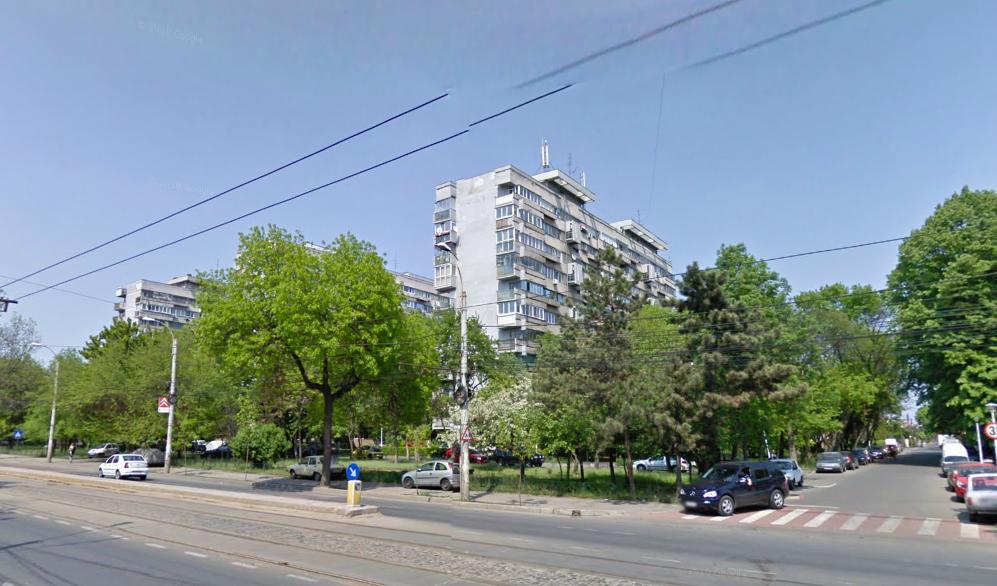Bucureștii Noi on:
[Wikipedia]
[Google]
[Amazon]

 Bucureștii Noi (, ''New Bucharest'') is a district situated in the north-west of
Bucureștii Noi (, ''New Bucharest'') is a district situated in the north-west of
 Bucureștii Noi (, ''New Bucharest'') is a district situated in the north-west of
Bucureștii Noi (, ''New Bucharest'') is a district situated in the north-west of Bucharest
Bucharest ( , ; ) is the capital and largest city of Romania. The metropolis stands on the River Dâmbovița (river), Dâmbovița in south-eastern Romania. Its population is officially estimated at 1.76 million residents within a greater Buc ...
, Romania
Romania is a country located at the crossroads of Central Europe, Central, Eastern Europe, Eastern and Southeast Europe. It borders Ukraine to the north and east, Hungary to the west, Serbia to the southwest, Bulgaria to the south, Moldova to ...
, in Sector 1.
History
At the end of the 19th century the area was known as ''Măicănești'' or ''Grefoaicele'' and was owned by Nicolae Bazilescu. The domain stretched on 295 hectares from which 155 hectares were put out for sale and the rest was donated to the public domain for the construction of streets and parks. In the past the area was a part ofBăneasa
Băneasa () is a borough () on the north side of Bucharest, in Sector 1, near the Băneasa Lake (). Like every north-side district of Bucharest, it is relatively sparsely populated, with large areas of parkland. Bordering on Băneasa Fores ...
commune, then it became a part of the town of Grivița
Grivița () is a district of Bucharest, Romania, centered on the Grivița Railway Yards (''Atelierele CFR Grivița''), which were and still are an important landmark within the manufacturing landscape of the city. Located near Gara de Nord, the ...
. It was integrated in the Bucharest area in the early 1950s when construction of apartment blocks started on the right side of Bucureștii Noi boulevard, using typical Stalinist architecture. In the mid-1960s, 10-storey apartment buildings were constructed, this time, featuring more modernist styling.
Overview
Bucureștii Noi is a fast-growing district, with many houses and supermarkets being constructed in the last years in the area. The neighborhood center is dominated by a park, Park Bazilescu (also known as Nicholas Bălcescu), opposite the Bazilescu Church. The streets are in a grid layout, offering symmetrical surfaces of about for the construction of houses or small apartment blocks. The neighborhood contains many penthouses and modern villas which serve a small community of families who own private courtyards. These buildings are an alternative way of living very different from the communist-style apartment blocks found in the other districts of the city. The neighborhood is very popular because it has a good infrastructure, fully paved streets and a well-maintained sewage, water, gas and electricity systems, as well as parks, swimming pools, kindergartens, schools, markets, retail stores and soon also a big shopping mall.Fauna and flora
The fauna and flora are quite well taken care of. Lake Grivița that borders the neighborhood in the north and east contributes to the fresh air feeling.Transport
Residents have an easy access both to Otopeni Airport and to the central site of Piața Victoriei. The district is served by the Parc Bazilescu metro station. The Bucureștii Noi train station serves theCăile Ferate Române
Căile Ferate Române (; abbreviated as the CFR) was the state railway carrier of Romania. The company was dissolved on 1 October 1998 by splitting into several successor companies. CFR as an entity existed from 1880, even though the first ra ...
Line 900, which connects Bucharest with the western city of Timișoara
Timișoara (, , ; , also or ; ; ; see #Etymology, other names) is the capital city of Timiș County, Banat, and the main economic, social and cultural center in Western Romania. Located on the Bega (Tisza), Bega River, Timișoara is consider ...
.
References
{{DEFAULTSORT:Bucurestii Noi Districts of Bucharest